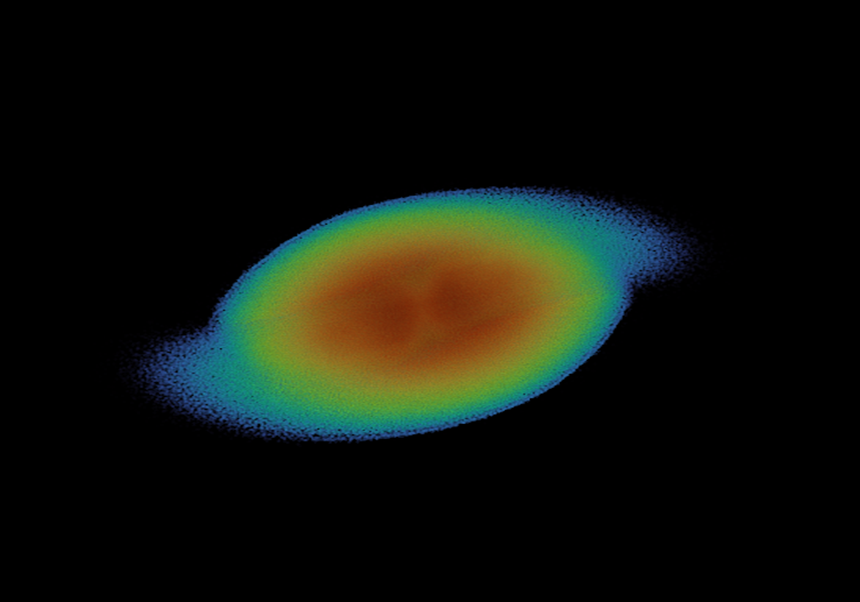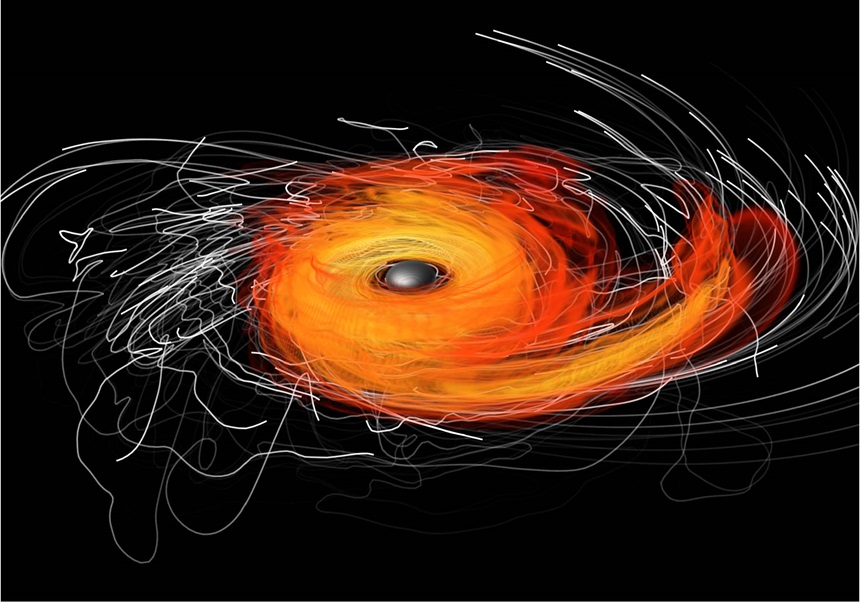
Conferències al DAA. Xarrada a càrrec de Hendrik van Eerten, Lecturer in Computational Astrophysics, Department of Physics, University of Bath, UK. Lloc: Seminari del Departament d'Astronomia i Astrofísica, 4a planta de l'Edifici d'Investigació, a Burjassot. Dia: dimecres 27 de setembre de 2017. Hora: 12:00.
RESUM:
Gamma-ray burst (GRBs), lasting seconds to minutes, are the brightest known explosions in the universe and triggered by cosmologically distant cataclysmic events. 'Long' GRBs, lasting over two seconds, result from the collapse of an ultra-massive star. 'Short' GRBs are produced by merging neutron stars and thus also of interest as potential counterparts to a gravitational wave signal. Following the prompt burst of gamma rays, for both types an afterglow signal is emitted by the decelerating directed relativistic blast waves produced by the explosion. As these narrow jets slow down and ultimately end up non-relativistic and quasi-spherical, their afterglow will peak at progressively longer wavelengths from X-rays to radio. With ever-improving instrumental capability and the increase in detailed prompt and afterglow data collected very quickly following the burst, the distinction between late prompt emission and early afterglow is becoming blurred. In this talk I will discuss how recent insights challenge the standard model and how computer simulations help us to understand relativistic blast wave dynamics of energy injection and sideways spreading of the narrow jets.












